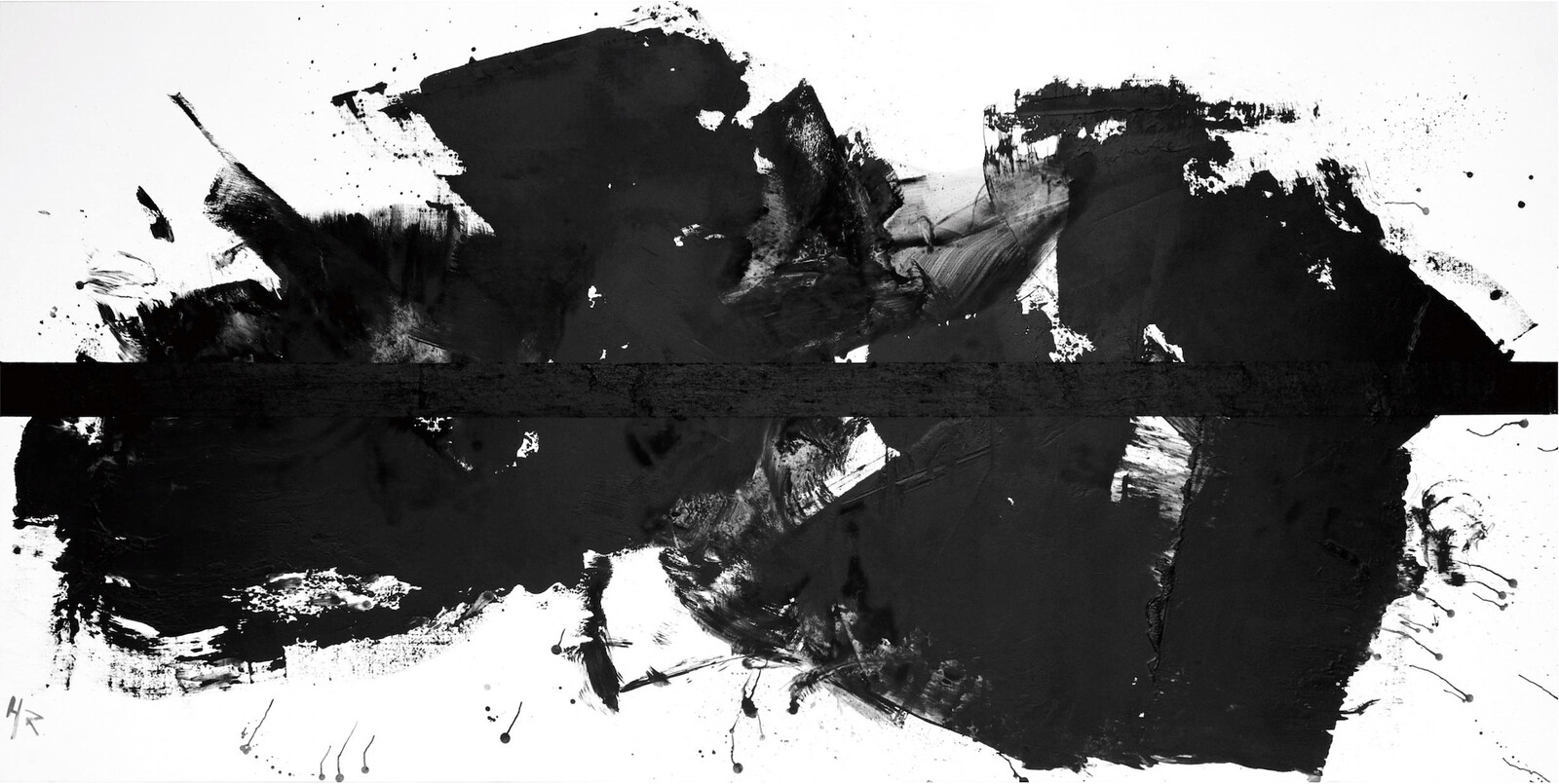December 3, 2021–February 27, 2022
No.6 Lanhua Road, Futian District
518038 Shenzhen
China
Hours: Tuesday–Sunday 10am–6pm
T +86 755 8828 7808
The late 1970s in China was an era of passion that foreshadowed hope and radical changes throughout the society, when the society experienced the transformation to the individual “we” from the collective “we” of the past. The Cultural Revolution came to an end, and the energy of social changes through the Reform and Opening-up policy overflowed into all aspects of society, including art. The Stars Art Exhibition in 1979, known as one of the most experimental exhibitions in the history of Chinese contemporary art, was a consequential avant-garde art movement that reflected the spirit of the times.
Huang Rui, an artist who co-organized the Stars Art Exhibition is a symbol of a pioneer created by such a social environment of the time. And the name “stars,” metaphorically coined by Huang Rui and his fellow artists, has become another icon in today’s history 40 years later. The “star” did not refer to a specific person, but beautifully connotated an equality given to all the artists and all the people as “stars.”
In September 1979, a group of young and self-taught, underground, worker-artists asked the National Museum of China to give them an exhibition opportunity. Their request was denied, but the artists decided to go ahead the exhibition without the permission by the authorities, using the wall outside the museum, a small garden and the surrounding trees. The “wall exhibition,” which later became famous, received an unexpected reaction from the citizens at the time before its demolition two days after the opening. However, this once rejected exhibition was later restored and reopened as a museum project, which made a big hit with a large number of audiences.
The slogan and manifesto of the Stars were simple and clear:
“We use art to document our times. A new era welcomes us. We need to explore new forms of art.”
The Art Life of Huang Rui at the Jupiter Museum of Art (JMA), Shenzhen, is one of the extensions of the 40-year commemoration of the Stars Exhibition. Huang’s exhibition presents six sequential contexts of his artistic journey over the past 40 years with a chronological and retrospective character that follows his artistic and social footsteps from the 1970s, when the Stars Exhibition was organized, to the latest.
Huang is a multidisciplinary artist who has developed various media including painting, sculpture, installation and performance. Until the 1980s, his early works concentrated on abstract paintings influenced by Western modernist pictorial traditions of the 20th century such as Expressionism and Abstract Expressionism. Then he continued to develop this long proximity with abstraction that began in 1978 into the thematic and stylistic practice through 15 years from 1985 to 2000 in Japan. In particular, his works in this period embraced a wide variety of pictorial spectrum, including the geometrical symmetry of ’spatial structure’ series based on the research since 1983, to the monochromatic abstraction, and the study of the eight trigrams of the Book of Change.
Social themes and aesthetic forms coexist equally within his art, where works are free from the prejudice of his being an artist of a specific tendency. Nevertheless, the DNA that has been continuously flowing in his art is a spirit of social criticism, a sense of humor, and solidarity. Huang often approaches social issues with a playful use of languages, yet his artworks are seen as symbolic with direct slogans for an ironic and humorous effect. Yongwoo Lee, curator of the exhibition, said in his catalogue essay that “an avant-garde artist must be an agent that redefines the social meaning of the time and space in which we stand and act.”
The exhibition The Art Life of Huang Rui is curated by Yongwoo Lee with Bérénice Angremy (consultant) and Wang Liyin (associate curator).


